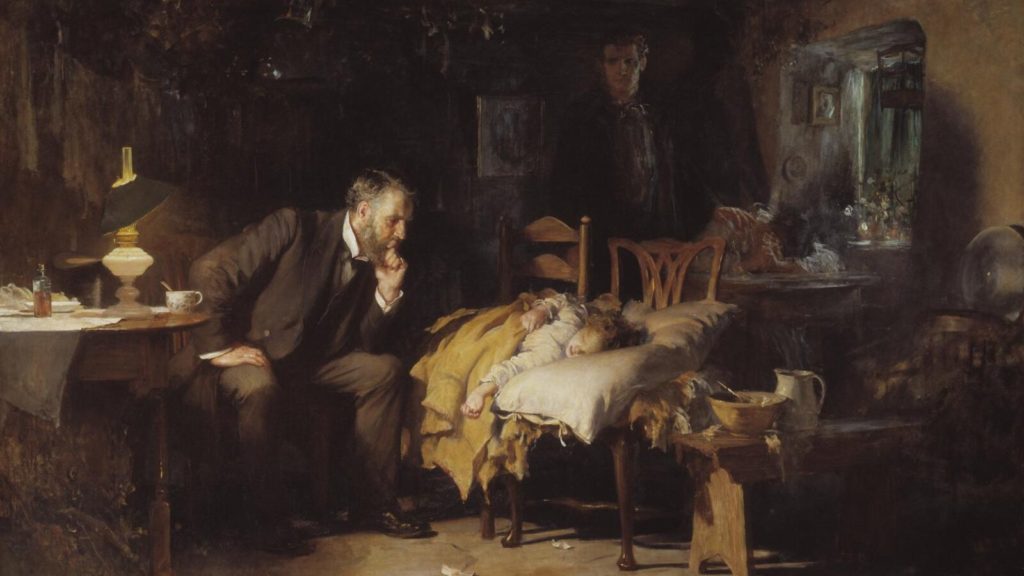
Congress returns to committee work and floor voting this week. On Wednesday, the Senate Homeland Security and Governmental Affairs Committee will hold a business meeting concerning the nomination of Jason S. Miller, of Maryland, to be Deputy Director for Management, Office of Management and Budget. On Thursday, the Senate Finance Committee with hold a confirmation hearing for Andrea J. Palm, of Wisconsin, to be Deputy Secretary, and Chiquita Brooks-LaSure, of Virginia, to be Administrator of the Centers for Medicare and Medicaid Service, both of the Department of Health and Human Services.
On the COVID-19 front —
- The Center for Disease Control announced that 4.6 million COVID-19 vaccinations were administered on April 10. As of Saturday, 46% of the U.S. population over age 18 has received at least one dose of the COVID-19 vaccine and 28% of that population are fully vaccination. 78.5% of the U.S. population over age 65 have received at least one dose and 61% of that population are fully vaccinated. A Bloomberg columnist adds that
Consider one of the most at-risk populations, people over 65. As of March, they accounted for most Covid-19 deaths — about 430,000, compared with just 104,000 for people under 65. Now, though, about 55% of older folks are vaccinated, and 75% have received at least one dose — which suggests that about 65% are probably protected from death by Covid. So if the past year of cases were replayed, the U.S. would see 65% — or 280,000 — fewer deaths among the elderly, and the total death count would be cut by more than half.
New cases will probably be even less deadly. For one, the vaccination campaign has targeted the most vulnerable among the elderly — people in nursing homes and other group living arrangements — so the distribution of those who get sick will also be skewed younger and healthier now. Also, younger people — and particularly those with underlying health conditions — have been taking up the vaccine more and more. Given these trends, the mortality rate per confirmed case is likely to be a lot less than half of what it used to be.
Bravo.
- Fortune reports that
There’s a late entrant into the COVID-19 vaccine race: The United States Army. And it hopes its own variety of COVID shot can protect against emerging variant strains of coronavirus, a threat which may loom large going forward and is feeding a resurgence of cases in certain regions.
On Tuesday, Army doctors began human clinical trials of the somewhat complicatedly dubbed the spike ferritin nanoparticle (SpFN) COVID vaccine candidate at the Walter Reed Army Institute of Research (WRAIR), which is housed under the Army’s medical research arm.
Officials said that the technology behind this particular vaccine could be more effective at protecting against new strains of coronavirus, although existing COVID vaccines such as Pfizer/BioNTech’s have demonstrated efficacy against certain newer strains.
Fingers crossed.
What’s wrong with offering more good news? The AP reports that
The number of U.S. suicides fell nearly 6% last year amid the coronavirus pandemic — the largest annual decline in at least four decades, according to preliminary government data. Death certificates are still coming in and the count could rise. But officials expect a substantial decline will endure, despite worries that COVID-19 could lead to more suicides.
The number of suicides dropped by 1% in 2019 so this will be the second year in a row. The FEHBlog hope this drop is attributable to greater acceptance of mental illness, e.g., no more stigmatizing, and the major uptick in virtual mental healthcare stemming from the pandemic. Nevertheless, health plans and healthcare providers should promote the national suicide prevention lifeline. tel:1-800-273-8255.
If you have access to STAT News check out this article by Bryan Vartabedian, MD, about the portrait in the header of this post.
I couldn’t escape the painting’s draw, though I couldn’t put my finger on what I found so compelling about the image this time around.
Then it hit me. It was the intensity of the doctor’s gaze and his posture. What caught me this time was his presence. This doctor was all in.
Presence is the mindfulness that one individual brings to an encounter with another. It’s a defining element of human connection. In medicine, it’s what happens when a clinician’s connection is untrammeled by a screen or other competing inputs. It’s the focus of mind, spirit, and intent around a moment in time that’s about another person and his or her most pressing problem. Presence, be it in a clinic exam room or with a friend over coffee, is a uniquely human gift.
The good doctor suggests that the use of artificial intelligence will enable doctors to return to applying this human gift to patients. Hope springs eternally.
